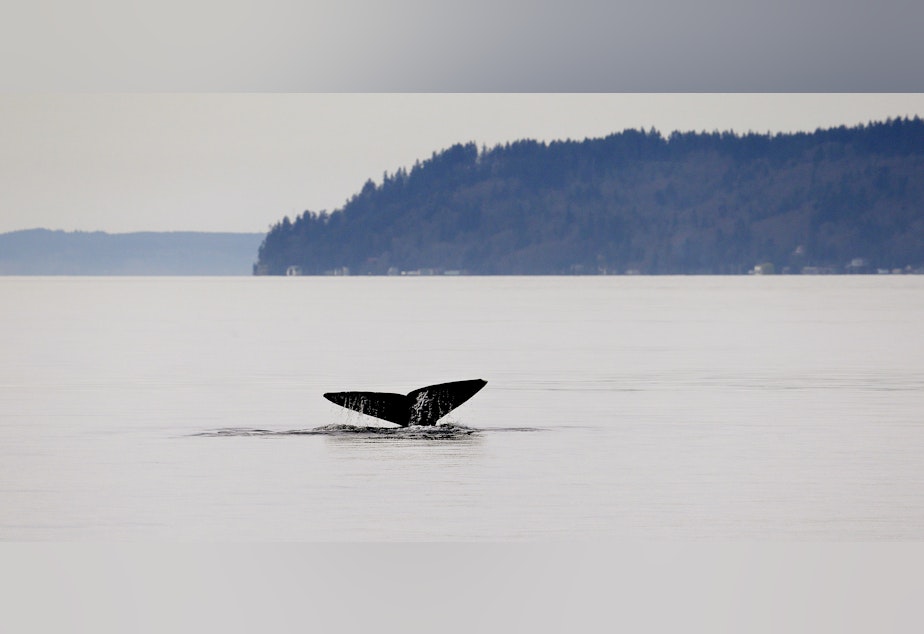West Coast gray whale population declining, according to latest count

NOAA Fisheries has released its latest census of North Pacific gray whales along the West Coast and has found that their numbers continue to decline following an unusual mortality event that started two years ago.
“We can't pinpoint a specific cause, and we think there's probably multiple factors involved," said Aimee Lang, a research biologist with NOAA Fisheries. "But we do think it's probably related to ecological changes up in the Arctic. A number of the whales that have stranded have been emaciated, indicating that they weren't able to find enough food. And we know that the distribution, and in some areas the abundance, of their prey up in the Arctic has shifted.”
Lang says the population is now down 38% after reaching peak levels in 2015 and 2016. She says most scientists who know these whales are cautiously optimistic about their future. A similar population drop of roughly 40% happened between the late 1980s and early 1990s, but their numbers rebounded to a new high level.
NOAA Fisheries has extended its current count into a third year, and will continue monitoring the population this winter.
Read the full story from KNKX here.
